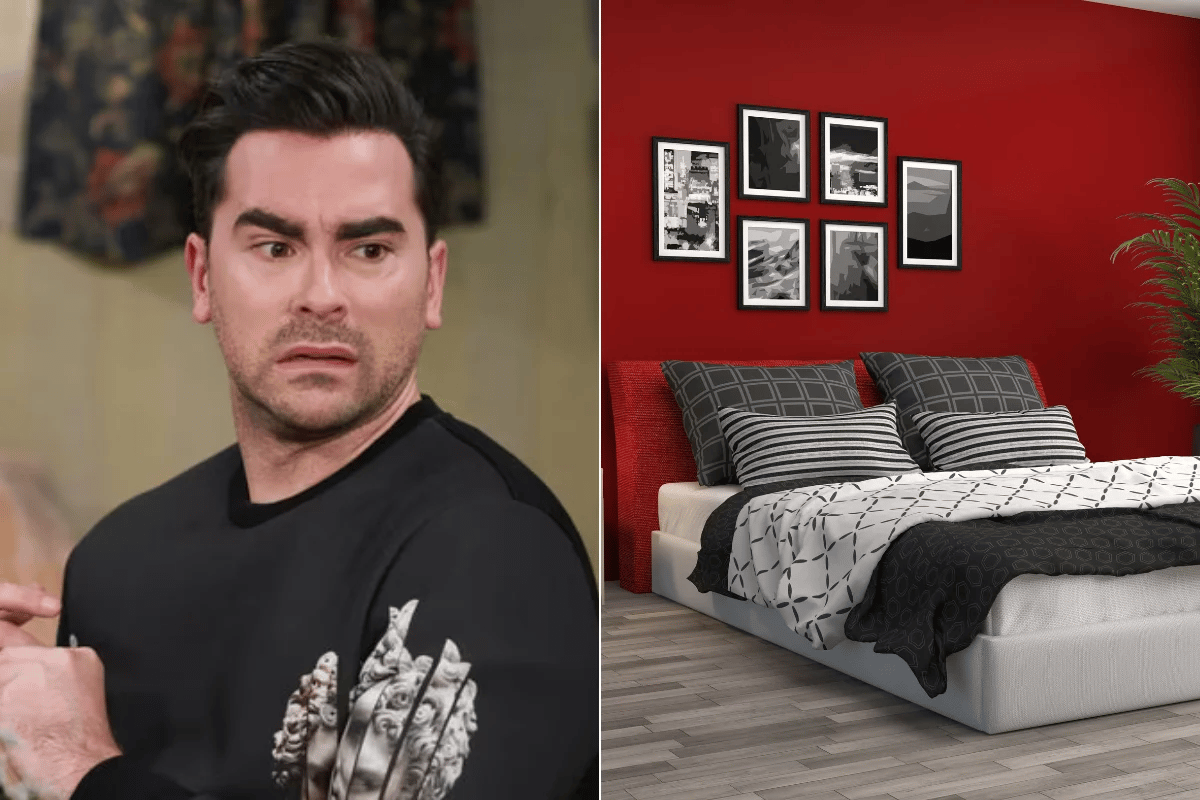
Colours are an essential part of everybody's life that influence everything from our emotions to decisions. It explains why you may feel happier after admiring a yellow sunflower or depleted and lonely when surrounded by black and greys.
This powerful tool can be channelled into all aspects of our lives, from our fashion choices (if you haven't taken your personal colour analysis, you can do so here) to the way we style our homes.
According to Feng Shui principles, an ancient Chinese art of placement, the colours used in our homes aren't just a decorative choice — they play a crucial role in shaping the energy, or "Chi", of you, your home and anyone who sets foot into your space.
"Choosing colours for your home should be a balance of personal preference and the psychological or energetic impact those colours may have," said interior designer and founder of Melbourne-based home design company Kurved by Design, Kellie Richardson.
In fact, injecting the wrong colours into your space can create an imbalance and block positive energy — something we don't wish upon our worst enemies.
To help you avoid a Feng Shui disaster, Richardson has revealed the 10 worst colours to have in your home, and why.
10 worst colours to have in your home.
Dark or harsh black.
Black is often considered a popular, chic and versatile colour for many, especially those who favour minimalism and modernism. But according to Richardson, you should use this hue with caution.
"It can make a space feel small, oppressive and overwhelming if used excessively, particularly in large areas," the interior designer said.
"It tends to absorb light, creating a gloomy atmosphere, which can negatively affect mood and energy levels."